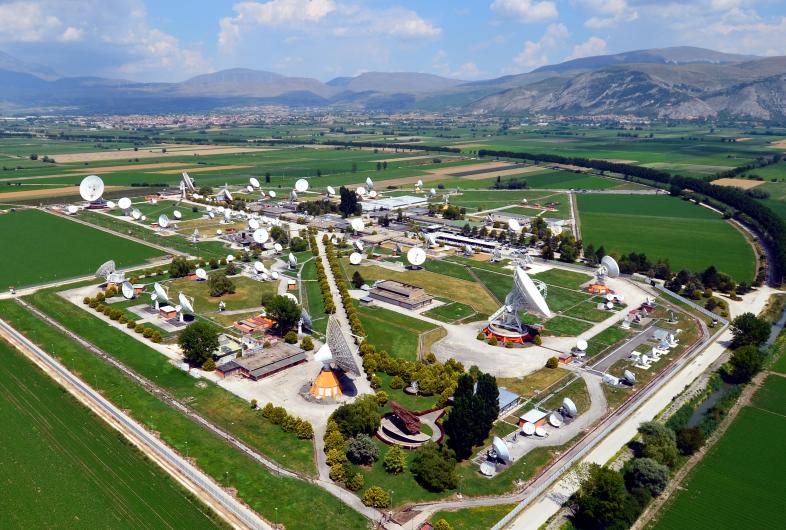SAN FRANCISCO – Telespazio intends to play a key role in the future in-orbit servicing market, providing customers seeking satellite relocation, refueling, repair or removal with the necessary space and ground-based capabilities.
“There is an industrial role that Telespazio can definitely play on the basis of 61 years of experience in providing operational service,” Marco Brancati, Telespazio head of innovation and technical governance, told SpaceNews. “On the other side, Telespazio can be a kind of broker, combining the needs of the owners of in-orbit assets with the availability of tugs able to provide specific services.”
For now, Telespazio can assist satellite operators with orbit-raising, repositioning, station-keeping and deorbit. Over the longer term, the joint venture between Leonardo and Thales Alenia Space, intends to provide services for spacecraft designed for in-orbit repair, refueling, assembly or deorbit.
“One possibility for the future is to perform refueling in orbit or to replace some unit of the satellite that has been broken,” Brancati said. “In that case, you need the availability of a tug with an automatic arm that is able to replace units on the satellite that needs such service and satellites assembled in a way that someone can replace units.”
Telespazio will draw on the company’s experience as it establishes its satellite-servicing business.
In terms of orbit-raising, Telespazio assisted the European Space Agency in moving the Advanced Relay and Technology Mission satellite to its intended orbit in 2003. After the satellite, called Artemis, was injected into the wrong orbit due to a launch failure, Telespazio helped salvage the mission by firing the onboard electric thrusters to raise its orbit.
Telespazio has experience deorbiting satellites as well.
Telespazio work together with Motorola, the parent company for the first Iridium constellation, to determine the actions that would need to be performed to deorbit Iridium satellites at the end of their useful lives.
When satellites require the help of servicing vehicles or tugs, “we can utilize the best available solution in order to solve the problem of any customer having its own assets in orbit,” Brancati said. “Although technologically neutral, clearly the in-orbit servicing role we wish to play is facilitated by the expertise in this sector of our shareholders.”
Rome-based Leonardo is developing robotic arms for NASA and ESA Mars missions. And Thales, based in the French city Cannes, has expertise in space tugs.
“Telespazio does not own in-orbit assets,” Brancati said. “We do own a ground infrastructure.”
Initially, companies that manufacture space tugs are likely to work directly with customers.
“But we are convinced that in the medium term, it will be easier for them to rely upon a third party like Telespazio from the operational standpoint and they can concentrate on the manufacturing phase.”
In-orbit servicing is likely to become increasingly important for commercial space and space exploration. Future commercial space stations could serve as a base for tugs, Brancati said.
Space logistics is one of seven “innovation domains” identified by Telespazio. For the next decade, the company also will focus on space domain awareness, digital twins applied to space services, quantum communications, moon exploration and launch services.
“A company like Telespazio that was born 61 years ago needs to plan for the medium and long term, not only the short term,” Brancati said.
